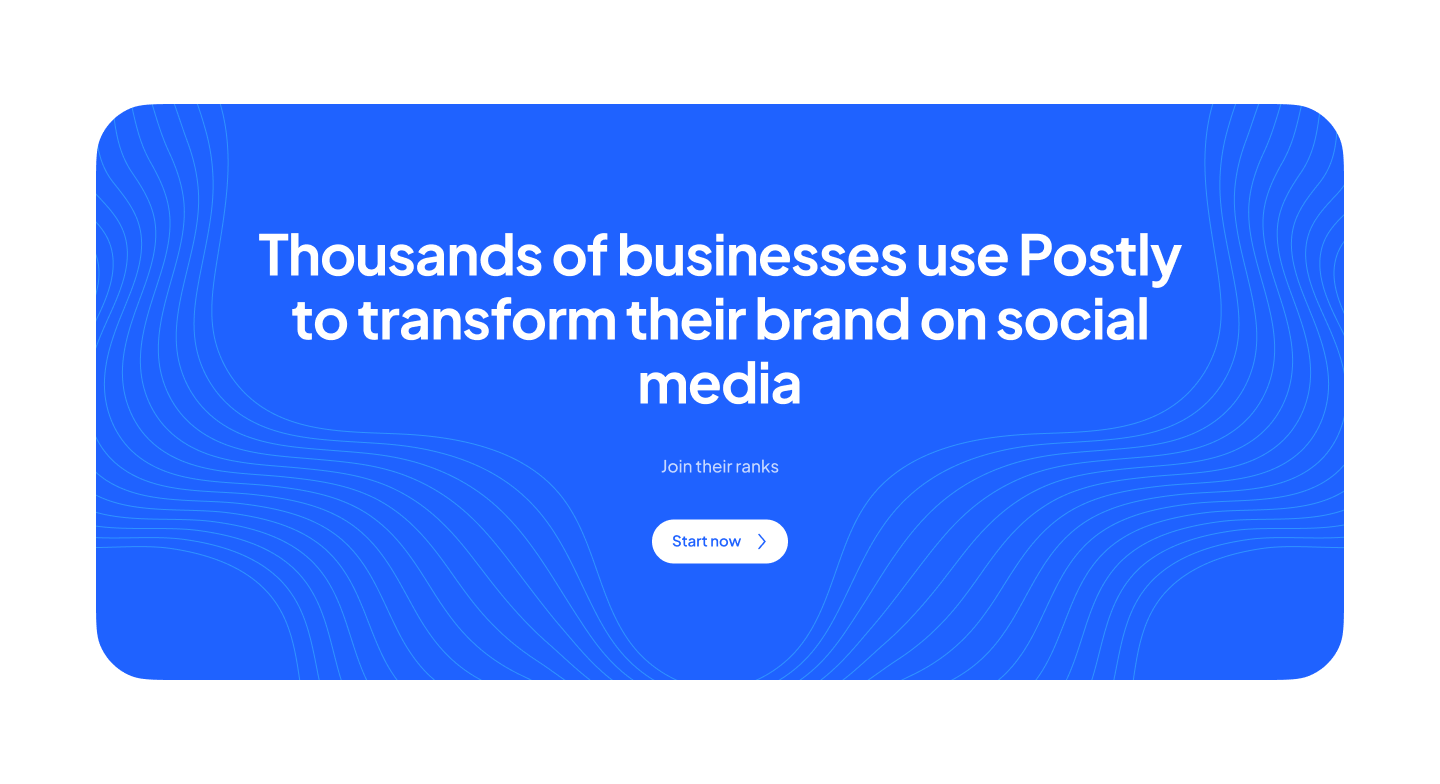The Comprehensive Guide to Cold Email Marketing - Unlocking New Opportunities

In the fast-paced world of digital marketing, cold email marketing remains a powerful strategy to reach potential clients and boost your business. Cold email marketing involves sending unsolicited emails to individuals or companies that you believe could benefit from your products or services. When executed effectively, cold email marketing can yield impressive results, leading to new clients, partnerships, and revenue. In this comprehensive 2000-word guide, we will explore the ins and outs of cold email marketing, from crafting the perfect cold email to the legal considerations and the tools available to make your campaigns a success.
Understanding the Essence of Cold Email Marketing
Cold email marketing, despite its name, isn't about sending frigid, impersonal messages. It's a strategic approach to reaching out to individuals or businesses who may have an interest in what you offer. The key is to do so thoughtfully and effectively.
Why Use Cold Email Marketing?
- Targeted Outreach: You have the opportunity to target specific individuals or organizations that align with your product or service.
- Cost-Effective: Compared to traditional advertising, cold email marketing is often more budget-friendly.
- Scalability: You can reach a large audience quickly, making it ideal for businesses of all sizes.
- Relationship Building: When done right, cold email marketing can lead to meaningful business relationships.
- Data-Driven: You can analyze your campaigns to gain insights and make data-driven decisions.
Types of Cold Emails
There are two primary types of cold emails: B2B (business-to-business) and B2C (business-to-consumer). While the overarching goal is similar, the content, tone, and approach differ depending on your target audience. B2B cold emails are generally more formal, while B2C emails can be more casual and relatable.
Crafting the Perfect Cold Email
The success of your cold email campaign depends largely on how well you craft your emails. Each element plays a crucial role in determining whether your recipient will open, read, and respond to your message.
Subject Line
Your subject line is the first thing recipients see. It should be engaging and relevant to grab their attention. Some effective techniques include personalization, asking a question, or creating curiosity.
Introduction
The initial sentences of your email should be concise and engaging. Start with a friendly greeting and a brief introduction that explains who you are and why you're reaching out. Keep it short and relevant to the recipient.
Value Proposition
Clearly and succinctly outline the value you offer. Explain how your product or service can solve a problem or meet a need. Be specific and results-oriented.
Call to Action
Every cold email should have a clear call to action (CTA). What do you want the recipient to do? Whether it's scheduling a call, requesting more information, or making a purchase, make your CTA straightforward.
Signature
Your signature should include your name, position, company, and contact information. This adds a professional touch and makes it easy for the recipient to get in touch with you.
Personalization
Personalization is one of the most critical aspects of effective cold email marketing. Use the recipient's name, reference a recent accomplishment or event related to their business, or mention any common connections.
Building a Targeted Email List
The foundation of a successful cold email marketing campaign is a well-constructed and highly targeted email list. To create such a list:
- Define Your Ideal Customer: Clearly outline your target audience, including demographics, industry, location, and pain points.
- Use Social Media: Platforms like LinkedIn and Twitter are valuable for identifying potential leads.
- Leverage Online Directories: Websites like ZoomInfo, Crunchbase, and LinkedIn Sales Navigator provide access to detailed business profiles.
- Join Industry Groups: Online communities and forums related to your industry can be a source of potential leads.
- Monitor Competitors: Observe the clients of your competitors, as they may be interested in a similar product or service.
- Database Services: Consider using professional database services that offer curated lists for cold outreach.
Legal Considerations and Compliance
Cold email marketing must adhere to legal regulations and best practices. The two primary laws governing email marketing are the CAN-SPAM Act in the United States and the GDPR (General Data Protection Regulation) in Europe. Ensure compliance by:
- Obtaining Consent: Under the GDPR, you must have consent to send emails. The CAN-SPAM Act requires a clear and easy way for recipients to opt out.
- Including Contact Information: Your emails should include your company's physical address.
- Honest and Clear Headers: The "From," "To," and "Reply-To" fields must accurately identify the sender.
- Honoring Opt-Out Requests: Respect opt-out requests promptly, and ensure they are easy to make.
- Monitoring Compliance: Regularly review your email marketing practices to ensure continued compliance with regulations.
Tools for Successful Cold Email Marketing
The right tools can simplify your cold email marketing efforts, making them more efficient and effective. Here are some valuable tools and software:
- Email Marketing Platforms: Services like Mailchimp, SendinBlue, and ConvertKit offer templates, automation, and analytics to streamline your email campaigns.
- CRM (Customer Relationship Management) Software: Tools like Salesforce, HubSpot, and Zoho CRM help manage leads, track interactions, and monitor progress.
- Email Finder and Verification Tools: Solutions like Hunter and NeverBounce help find and verify email addresses, ensuring a clean and accurate list.
- Outreach and Follow-up Tools: Platforms like Outreach, Reply.io, and Woodpecker provide automated follow-up sequences for your emails.
- Personalization Tools: Software like Lemlist and Mailshake enables you to personalize your cold emails at scale.
- Email Tracking Software: Tools like Yesware and Boomerang help track email opens, link clicks, and other recipient interactions.
A/B Testing for Optimization
A/B testing, or split testing, is a fundamental practice in cold email marketing. It involves sending two versions of your email to different groups of recipients to determine which performs better. Key elements to test include subject lines, content, CTAs, and sending times. A/B testing helps you optimize your email campaigns and refine your approach.
Measuring Success
Measuring the success of your cold email campaigns is essential for ongoing improvement. Key metrics to track include:
- Open Rate: The percentage of recipients who open your email.
- Click-Through Rate (CTR): The percentage of recipients who click on a link in your email.
- Conversion Rate: The percentage of recipients who take the desired action (e.g., make a purchase or schedule a call).
- Reply Rate: The percentage of recipients who respond to your email.
- Bounce Rate: The percentage of emails that could not be delivered.
- Unsubscribe Rate: The percentage of recipients who opt out of future emails.
- Revenue and ROI: The revenue generated from your cold email marketing efforts and the return on investment.
Case Studies: Successful Cold Email Marketing Campaigns
Let's take a look at a few examples of companies that have excelled in their cold email marketing campaigns:
1. Dropbox
In Dropbox's early days, the company grew its user base substantially through a referral program. Users were incentivized to invite friends through cold email invitations. This viral referral strategy significantly contributed to Dropbox's growth.
2. HubSpot
HubSpot used targeted cold emails to reach high-profile influencers and industry leaders, offering them exclusive access to their platform. This approach helped them secure partnerships and endorsements from key figures in the marketing and sales world.
3. Unbounce
Unbounce conducted a creative and personalized cold email campaign by sending personalized videos to potential customers. These videos not only helped them capture the recipients' attention but also showcased their product effectively.
The Future of Cold Email Marketing
As technology evolves, cold email marketing will continue to adapt. Innovations in personalization, AI-driven campaigns, and data analytics will shape the future of this marketing strategy. However, the core principles of effective targeting, relevance, and compliance will remain constant.
The power of cold email marketing lies in its ability to connect businesses with potential clients, foster valuable partnerships, and drive revenue. When executed with care, consideration, and compliance, it's a valuable tool in the modern marketer's toolkit.

